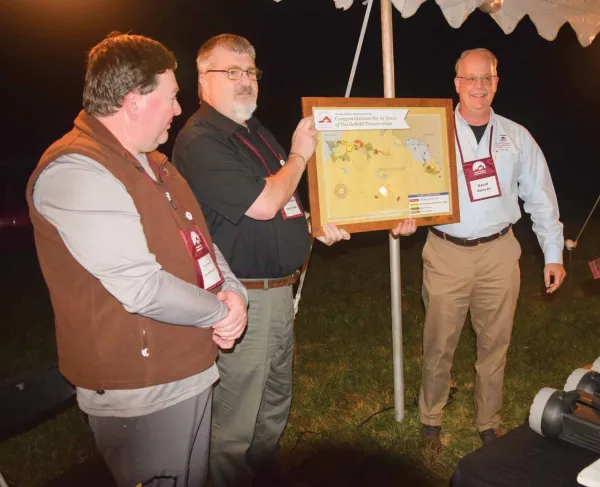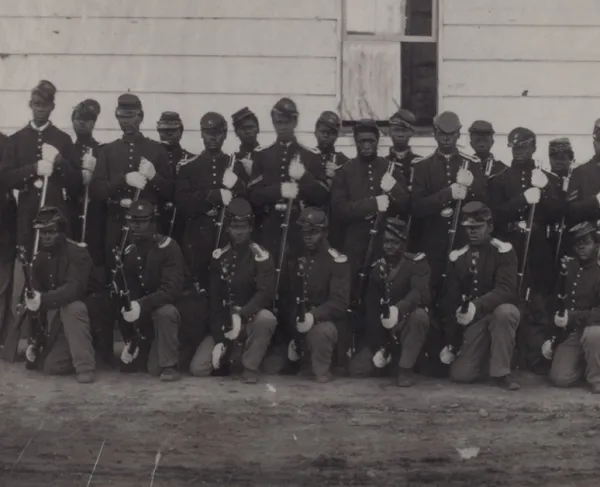Spotsylvania Court House: Hell Defined
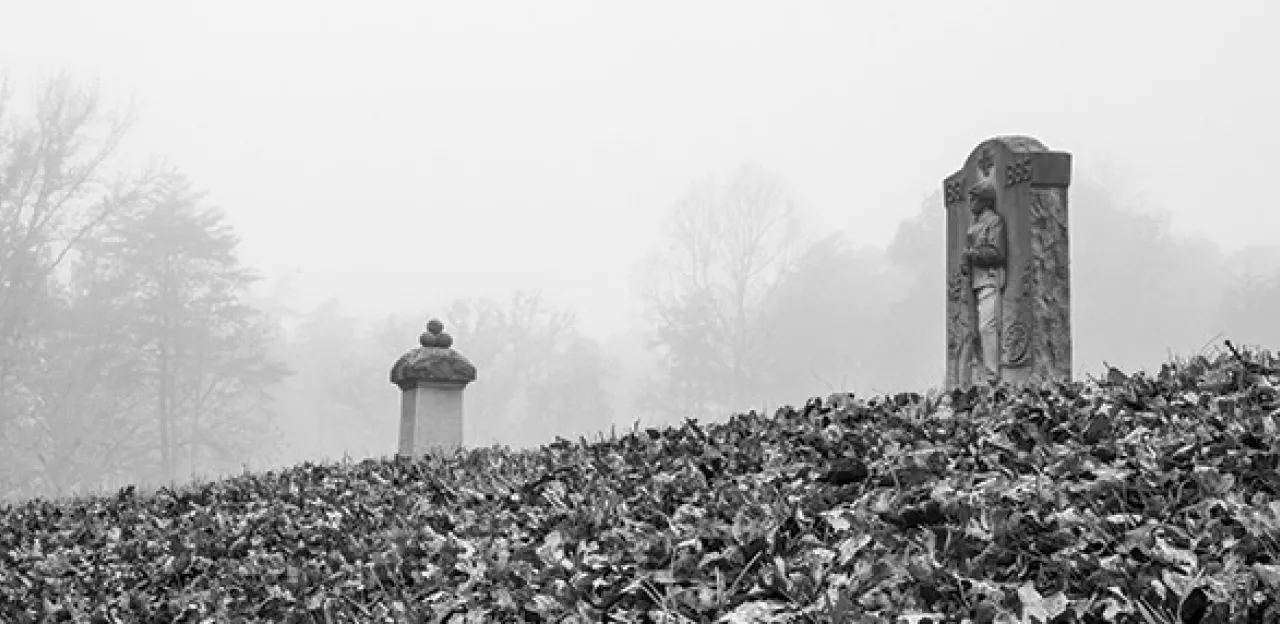
With more than 150,000 troops engaged and some 30,000 casualties inflicted during almost two weeks of combat, the Battle of Spotsylvania Court House signaled that the very character of the Civil War in the Eastern Theater had changed.
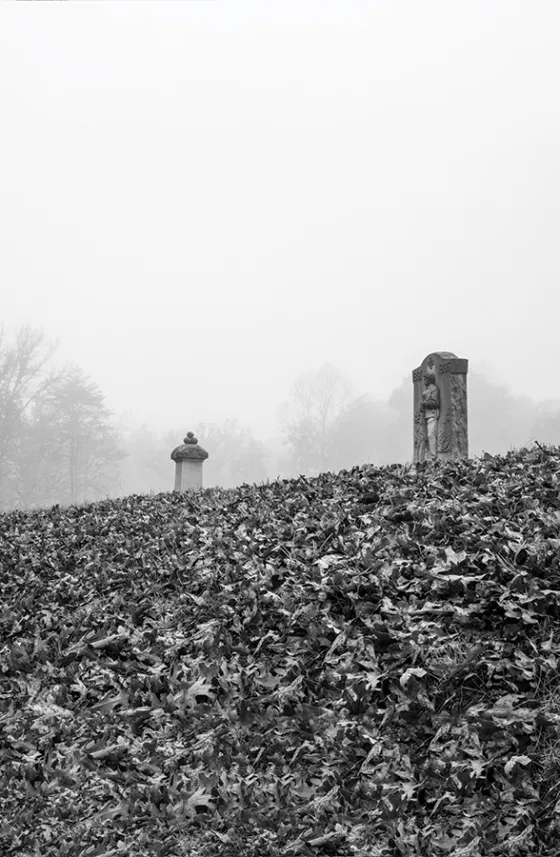
On May 7, 1864, as the smoke still lingered over the battlefields of the Wilderness, Lt. Gen. Ulysses S. Grant issued orders for the Army of the Potomac to march toward Spotsylvania Court House, a small town along the route to Richmond. He hoped to get between the Confederate army and its capital or, at the very least, to draw Gen. Robert E. Lee into the open field, where he could take advantage of superior Union numbers. A division of Maj. Gen. J.E.B. Stuart’s cavalry stood in the way, blocking the direct route along the Brock Road against Federal passage.
Sharp mounted fighting occurred at Todd’s Tavern, with the Union eventually forcing a Confederate withdrawal to a rise of ground known as Laurel Hill, the last defensible position before Spotsylvania. Fortunately for Lee, help was near at hand. Maj. Gen. Richard Anderson — now in command of Lt. Gen. James Longstreet’s First Corps — had marched through the night. His men had just entered bivouac within two miles of Laurel Hill early on the morning of May 8, when a courier from Stuart set them back on the road with haste.
Believing Spotsylvania to be within his grasp, Union Maj. Gen. Gouveneur K. Warren advanced his V Corps up Laurel Hill, where they were surprised to find fresh infantry reinforcements. Warren’s attempts to drive off the Confederates were rebuffed with heavy losses, and the two sides began to entrench.
Grant tried to break the deadlock at Spotsylvania over the next two days. On May 9, he sent a portion of Maj. Gen. Winfield S. Hancock’s II Corps across the Po River in an effort to find Lee’s left flank. Spying Hancock’s move, Lee shifted two divisions to counter the Federals at Block House Bridge, forcing the Yankees back across the river. Grant spent the next day probing Lee’s line for weaknesses and briefly breached the Confederate line with a tightly packed, fast-moving column of regiments.
By May 12, the Confederates had established a long line of earthworks, included a half-mile bulge called the Mule Shoe Salient, opposite which Grant amassed 20,000 men. Lee noted the Federal movement, but, mistakenly believing Grant was preparing to withdraw, removed his artillery from the salient. After an initial Federal breakthrough, Lee shifted reinforcements into the salient but was countered by Grant hurling more troops at the Confederate works. Fighting devolved into a point-blank slugfest — amid a torrential downpour — that lasted for 22 hours and produced roughly 17,000 casualties.
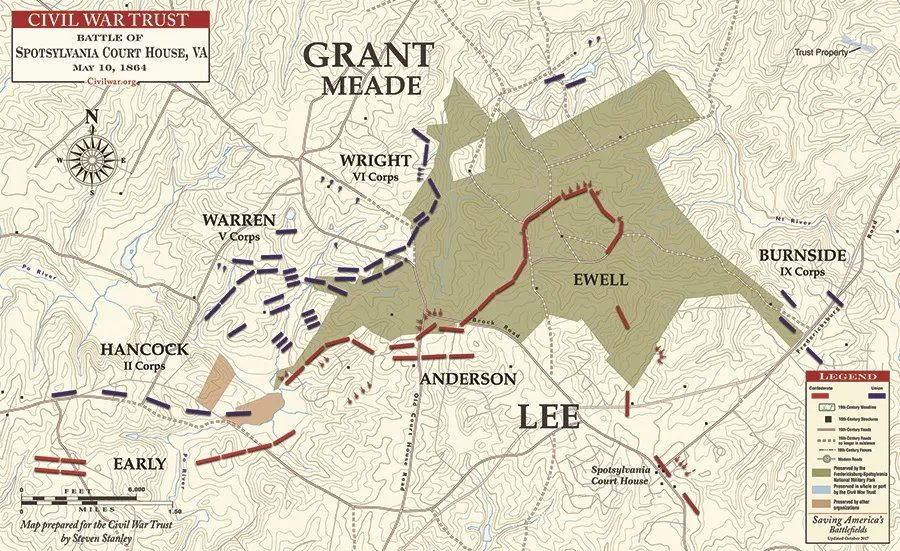
The stubborn stand by Confederate troops at the Bloody Angle gave Lee the time he needed to construct a new line of earthworks across the base of the Mule Shoe Salient. The Army of the Potomac, exhausted from its attacks on the Angle, did not immediately test the new line. Instead, Grant slid his army to the left. When Union troops finally moved forward toward this position early on May 18, they were met by massed artillery fire and easily repulsed. Stymied but undaunted, Grant called off the attack and resumed shifting his troops to the left. The campaign of maneuver would continue.
More from this issue of Hallowed Ground: Certain Death | Bloody Horror of Upton's Charge
